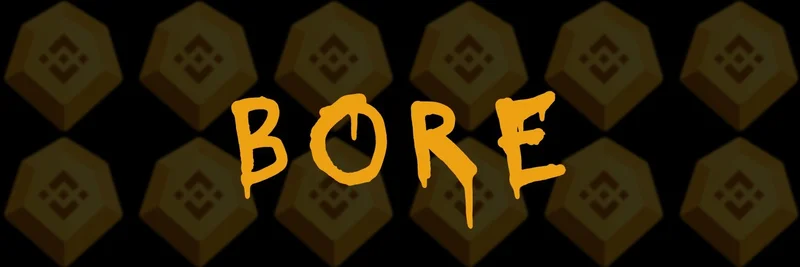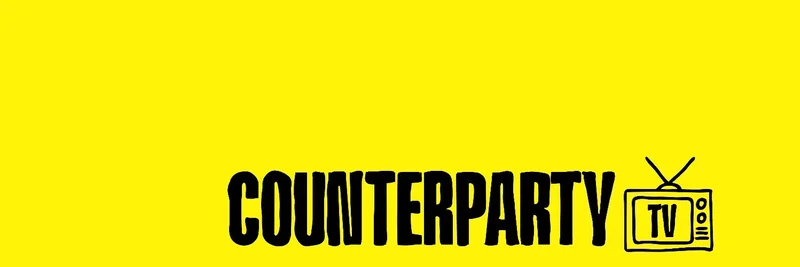Hey there, crypto enthusiasts! If you’ve been hanging out in the meme token and blockchain space lately, you might have noticed something interesting—or rather, something missing. The phrase "DYOR" (Do Your Own Research) used to be a rallying cry for anyone diving into cryptocurrencies. It was a reminder to dig into the details before investing, especially with volatile assets like meme tokens. But as bizzy @0xBiZzy pointed out in a recent tweet, those days seem to be fading fast. Let’s break it down and see what this means for the future of meme tokens and the broader crypto community.
Why DYOR Mattered
For the uninitiated, DYOR was more than just a catchy acronym. It was a call to action, encouraging investors to research projects themselves rather than blindly following hype or influencer advice. In the early days of crypto, this was crucial because the market was full of unknowns—new coins, untested blockchains, and plenty of scams. According to Binance Academy, DYOR helps reduce uninformed investing by pushing people to understand why they’re backing a particular cryptocurrency or meme token. It’s like checking the ingredients before buying a mystery snack—better safe than sorry!
Back then, you’d see DYOR tacked onto the end of every tweet or forum post as a disclaimer. It was a shield against liability for those sharing tips and a badge of honor for the community’s self-reliance. But as bizzy notes, it’s been a while since we’ve seen that phrase pop up regularly. What’s changed?
The Rise of the Crypto Crime Supercycle
Bizzy’s tweet hints at a shift, tying the decline of DYOR to what some are calling a "crime supercycle" in crypto. This term, popularized by blockchain sleuths like ZachXBT, describes a period where scams, shilling, and lax regulations are running rampant. With politicians endorsing meme coins, regulators dropping cases, and key opinion leaders (KOLs) driving narratives, the incentive to do your own research seems to have taken a backseat.
In the thread, bizzy and others joke about how "crime is legal now" and how early buyers dump tokens on unsuspecting followers for quick profits. For example, one user mentions how people buy at a $5k market cap, hype it up as "alpha," and then sell at $15k—leaving others holding the bag. This pump-and-dump cycle is nothing new in meme token land, but the lack of DYOR makes it easier for these schemes to thrive.
The Role of KOLs and FNF Groups
So, who’s filling the void left by DYOR? Enter the KOLs (Key Opinion Leaders) and "fnf" (friends and family) groups. These influencers and tight-knit communities often set the tone for what’s hot in the meme token world. As Blaze Marketing Analytics explains, KOLs use their expertise to guide the community, but their influence can sometimes overshadow the need for individual research. When a trusted KOL says a meme token is the next big thing, many investors jump in without a second thought.
The problem? Not all KOLs are transparent. Some might be shilling coins they’ve already invested in, hoping to cash out later. Without DYOR, it’s harder to spot these red flags, especially in a fast-moving market where meme tokens can skyrocket or crash overnight.
What This Means for Meme Token Investors
If DYOR is fading, what does that mean for you as a meme token enthusiast? First, it signals a shift toward herd mentality. People are more likely to follow the crowd or a charismatic leader rather than dig into whitepapers or blockchain data. Second, it could increase the risk of scams. With less personal research, investors might fall for projects with no substance—think Dogecoin knockoffs with no community or utility.
On the flip side, this could also be an opportunity. As bizzy’s thread suggests with its humorous tone, some see this as a new game with different rules. Savvy investors might use the hype to their advantage, buying early and selling into the frenzy. But without DYOR, the average person is left vulnerable.
A Call to Revive DYOR
So, should we let DYOR die out? Not quite. At Meme Insider, we believe that doing your own research is still a superpower in the crypto world. It’s your best defense against the crime supercycle and a way to find those hidden gem meme tokens with real potential. Start by checking a project’s website, reading its roadmap, and looking at its community activity on platforms like X. Tools like CoinGecko can also help you verify a token’s legitimacy.
Let’s take a look at the vibe of bizzy’s tweet with the attached image:
This funny image of a man with a bird beak sipping a drink perfectly captures the satirical tone of the thread. It’s a nod to how absurd the market can feel right now—where even the wildest trends get a pass!
Final Thoughts
The decline of DYOR in the crypto crime supercycle is a sign of how much the meme token and blockchain space has evolved. While KOLs and fnf groups are shaping the narrative, there’s still value in taking control of your investments. So, next time you’re tempted to jump on a hype train, take a beat—do your own research. Who knows? You might just spot the next big meme token before the crowd does!
What do you think—has DYOR lost its edge, or is it time for a comeback? Drop your thoughts in the comments below!




